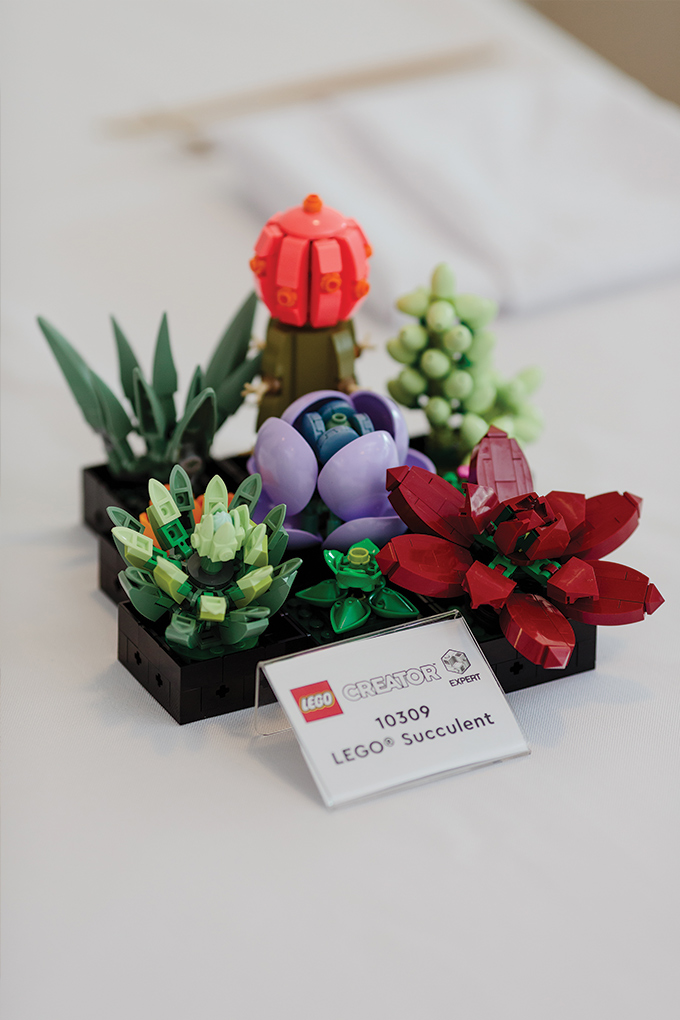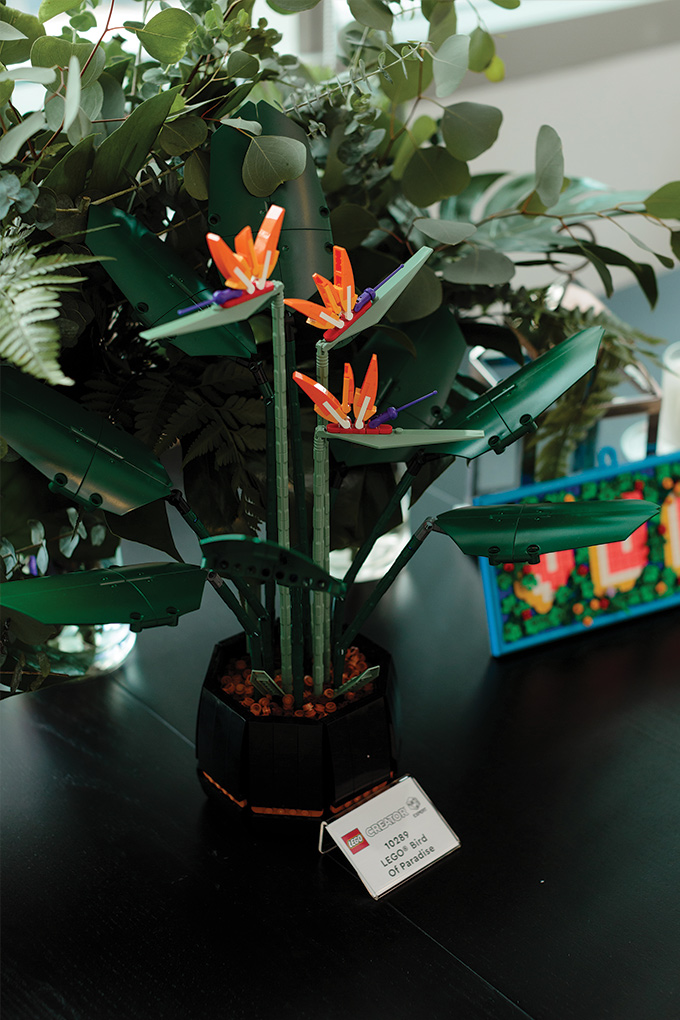When was the last time you played? Think back to real, unbridled playtime—not brain-training games or puzzles on your iPhone, but the kind of fun that requires you to use both your hands and your imagination.
As adults, we often forget the joy of play. It seems like an unproductive activity that doesn’t quite fit into our busy routine of efficiency-oriented tasks—something to be relegated to the world of children. The truth, however, is that there is no age limit on play. The act has been proven to be associated with brain stimulation and stress relief at all stages of life, including in fully-grown adults.



If there is any company that stands firmly behind the power of creative play, it is the LEGO Group, known universally for their interlocking brick toys that can be put together in all sorts of shapes and forms. For the Mother’s Day edition of Vogue Salon and in partnership with the LEGO Group, we invited a small group of mothers in Singapore to come together for a discussion on the lost art of play.
“Putting LEGO bricks together has been proven to have a calming effects on our minds”
Hosted at Trehaus, a modern co-lifestyle space for families with an integrated preschool and childcare, the session was moderated by Vogue Singapore’s deputy editor and mum-of-two Amelia Chia. Chia, alongside guest speakers regional brand director of the LEGO Group Uma Ramanan, and educator and co-founder of Trehaus Elizabeth Wu, led conversations about the role that play has in learning, familial bonding and bettering our lives. Here, see all the highlights from the session, alongside the new LEGO Botanical collection, which was unveiled at Vogue Salon.

Changing conceptions of learning in Asia
“Coming from Singapore, I grew up in an environment where learning only happened in a classroom. Paying attention while your teacher was talking was learning, and anything else wasn’t,” says Chia, whose three-year-old daughter attends preschool at Trehaus. She adds: “Now that play-based learning has come into focus—especially for my daughter who was born in Australia and exposed to schools there—I find the idea very interesting, and quite different from rote learning. One of the reasons we wanted to go with Trehaus is because of their focus on play-based learning.”
“We’ve gotten used to only thinking about learning in terms of milestones. But children are not like us. They play first and foremost because of the joy it brings—it’s something they fundamentally need,” shares Wu. “I think we can change the world by changing the education landscape. To me, play-based learning is contextualised learning. Everything a child does during play is fun, but it also has meaning and purpose.”

The advantages of play-based learning
“For children especially, there are so many things that you pick up from play—it is really the foundation for lifelong learning,” says Ramanan. “In the research we have done at the LEGO Foundation, we found that play benefits children in five key ways. Firstly, physical play like balancing blocks builds fine motor skills. Playing in a group allows children to also gain social skills by learning to work together, listen to others and even negotiate. Ultimately, this cultivates empathy. Play also allows children to experience a range of different emotions like joy when they win but frustration when things don’t go to plan. It’s exactly the practice they need to be level-headed in a crisis.”
Ramanan adds: “Play aids children in their cognitive development by giving them an incentive to develop complex reasoning skills, memory, and concentration—much more effectively than being told to sit still and memorise facts. Finally, creative play puts children in charge of exploring ideas, relationships, spaces and problems. It sparks confidence and builds their natural curiosity.”

How playtime benefits adults
Ramanan notes that play provides a meaningful way for busy adults to unwind while spending time with their children, as playing together promotes familial bonding. “Play is also a great mood-booster, whatever your age. Putting LEGO bricks together has been proven to have a calming effect on our minds. This hands-on activity helps you relax, shift your focus and gives you a break from the daily grind.”
“It is a creative recharge for adults. In fact, any repetitive activity like clicking LEGO bricks together can help strike the right balance between mental engagement and relaxation, but one of the great things about LEGO play is that there is no risk. You can always just take it apart and start again.”
Discover the LEGO Botanical Collection at LEGO.com





